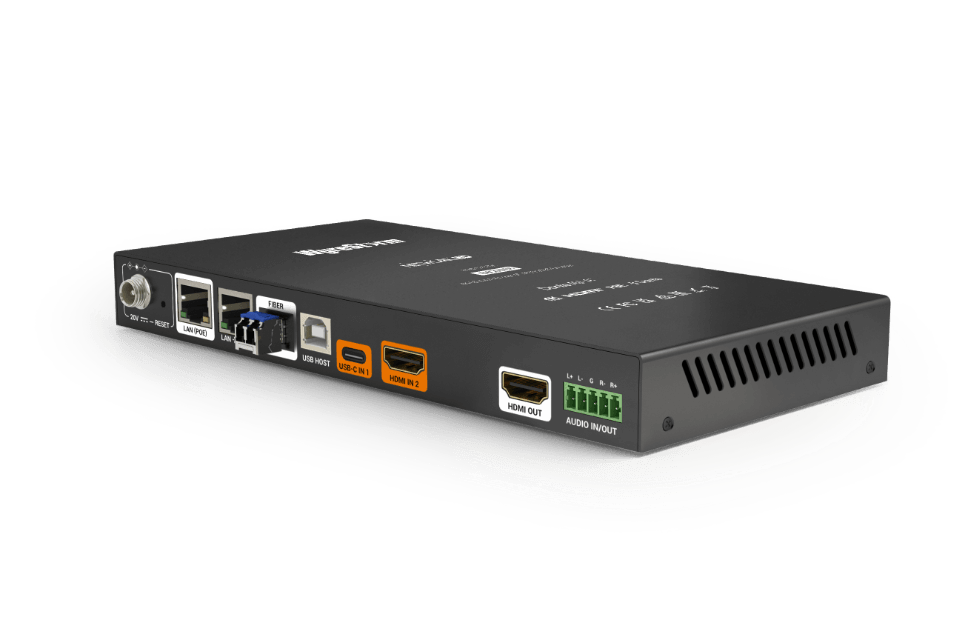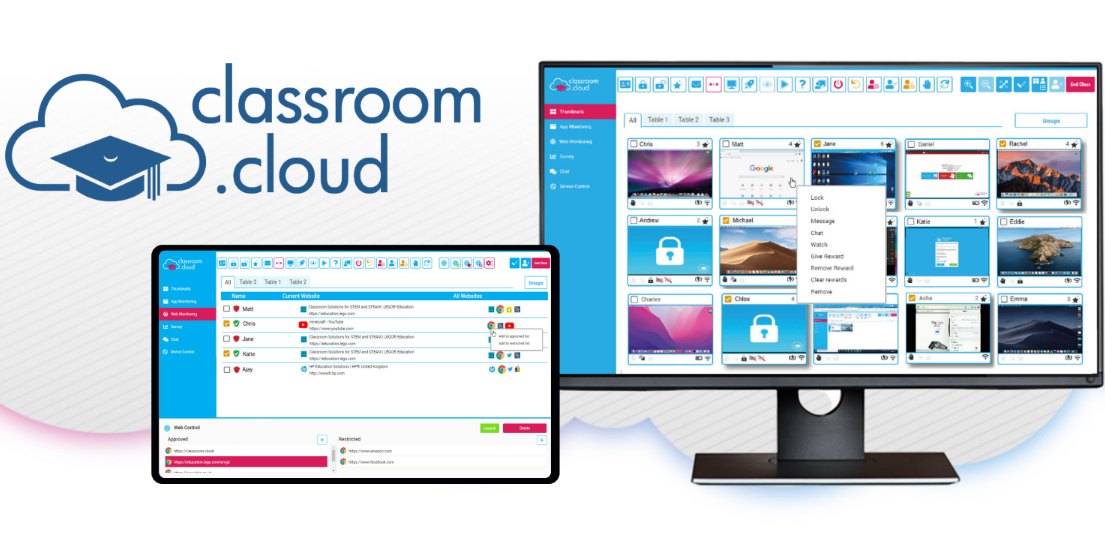Digital Leadership is Action, Not Position

People follow people, not positions. They respect people who have accomplished something worthwhile. In a digital paradigm shift, leaders need to modify practices and change mindsets. They can’t just talk about it; they must take action. The following leadership skills can empower all students and educators to become leaders by their actions.
ACTION: HAVE VISION
Amidst all of the information, media sources, apps, and tools vying for our attention and dollars nowadays, it can be hard to focus. But vision gives us focus, provides motivation to grow and improve, and gives us a sense of purpose. In digital leadership, vision helps us focus on the unchanging goal in the ever-changing K–12 education environment. Leaders prepare for the future of instruction by looking forward to see how students will best learn and retain information.
Pushback in digital learning often comes from educators who ask, “Why do we need to teach like this? My students did well in the past, why change now?” Vision helps leaders communicate goals clearly and work on what is important to achieve the desired student success.
ACTION: MAKE A DIFFERENCE
Making a difference is not about what we do but about how we teach and act. By being both respectful and relevant, digital leaders inspire colleagues and students to become more confident and motivated critical thinkers and learners. Critical thinking does not mean thinking harder before giving an answer. It means being critical of all possible answers. If students are asking more questions and feeling comfortable conducting digital research, you can rest assured that they’ll continue the habit outside your class.
ACTION: ADD VALUE
Adding value is about opening doors to better opportunities for students and colleagues. Many leaders are quick to take charge, but effective leaders listen and take the needs of students and colleagues into account when choosing and sharing digital tools for learning and presenting knowledge.
ACTION: TAKE RISKS
Everything that’s worth doing involves risk. While it can be scary to try new things, once someone else jumps into the digital realm it’s a lot easier to follow. Instead of focusing on numbers and tasks accomplished, effective digital leaders reflect on the how and why as they assess, evaluate, and move vision into reality.
Digital leaders can establish direction, influence others, and initiate sustainable change as they navigate the ever-changing landscape of technology with the clear goal of improving student learning. Such leadership requires a dynamic combination of mindset, behaviors, and skills to enhance school culture through technology. A digital leader can be anyone who has a vision to make a difference and the courage to make that vision a reality.
Matthew X. Joseph (@milford_tech ) is the Director of Digital Learning, Informational Technology, and Innovation at Milford (MA) Public Schools.
Tech & Learning Newsletter
Tools and ideas to transform education. Sign up below.
Dr. Matthew X. Joseph (@ MatthewXJoseph) is Director of Evaluation and Supervision in Brockton, MA.











